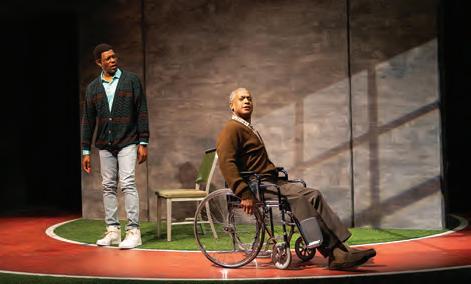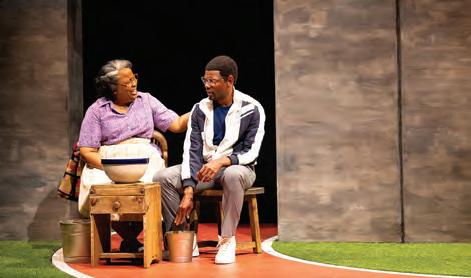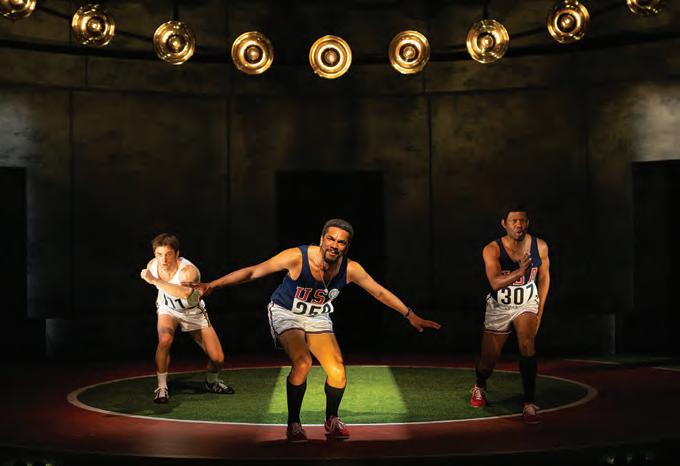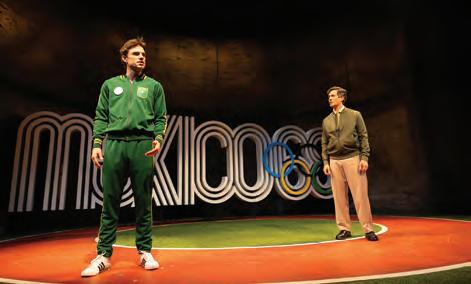
1 minute read
COMMUNITY Kemp Powers’ The Nineteenth: A Brilliant Must-See
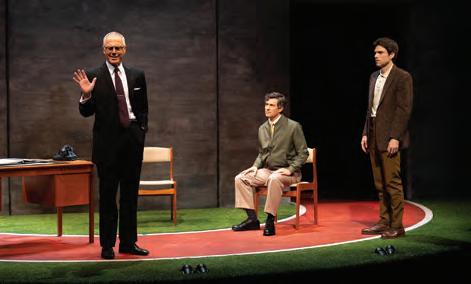
By Amara N. Beaty
Contributing Writer
It’s 1968. A time of civil unrest and protest in America. A time of change and new beginnings. Mexico City hosts the 19th Olympics, the first summer Olympics to be televised live in color. Sprinters Tommie Smith and John Carlos seize their nowor-never opportunity to make a statement; their black leather-gloved fists raised high in the air with heads hung low, feet shoeless. Australian second-place sprinter Peter Norman stands in ally-ship with a button across his chest, declaring where he stands. We often only see the snapshot of this iconic moment, but never the full scope.
Not a seat was empty on the opening night of the world premiere of Kemp Powers’ The XIXth (The Nineteenth) at The Old Globe Theatre. Powers’, a Golden Globe Award-winning playwright, reimagines the silent protest with a focus on its effects on the three sprinters, their relationships with each other, and the world. Just like in his play One Night In Miami (later adapted into film), Powers uses fictionalized conversations to illustrate how the infamous photo came to be and the events that transpired after.
NAACP Theatre Award winner Carl Cofield directs the production with the energy and speed of a sprint, expertly transporting the individual throughout time. Utilizing little more than a turning race track, a cement wall backdrop, and a replica of the ‘68 Olympics emblem for set design and props, other mediums such as lighting, costumes, and audio effects were used to manipulate the sense of time and heighten the senses of the viewer.
